
The following editor will bring you an article that discusses the Java heap area, method area and stack area in detail. The editor thinks it’s pretty good, so I’ll share it with you now and give it as a reference. Let's follow the editor and take a look. Heap area: only stores class objects, shared by threads; method area: also called static storage area, stores class files and static data, shared by threads; stack area: stores method local variables, basic type variable area , execution environment context, operation instruction area, threads are not shared; class A { private String a = “aa”; //a is in the heap area public boolean methodB() { String b = “bb”; //b is in the stack area final&a
1. Detailed introduction to the heap area

# #Introduction: The editor below will bring you a detailed discussion of the Java heap area, method area and stack area. The editor thinks it’s pretty good, so I’ll share it with you now and give it as a reference. Let's follow the editor and take a look. Heap area: only stores class objects, shared by threads; method area: also called static storage area, stores class files and static data, shared by threads; stack area: stores method local variables, basic type variable area , execution environment context, operation instruction area, threads are not shared; class A { private ...
2. Detailed introduction to the stack area

Introduction: The following editor will bring you an article that discusses the Java heap area and method area in detail and stack area. The editor thinks it’s pretty good, so I’ll share it with you now and give it as a reference. Let's follow the editor and take a look. Heap area: only stores class objects, shared by threads; method area: also called static storage area, stores class files and static data, shared by threads; stack area: stores method local variables, basic type variable area , execution environment context, operation instruction area, threads are not shared; class A { private ...
3. Basic Concepts of Java Virtual Machine
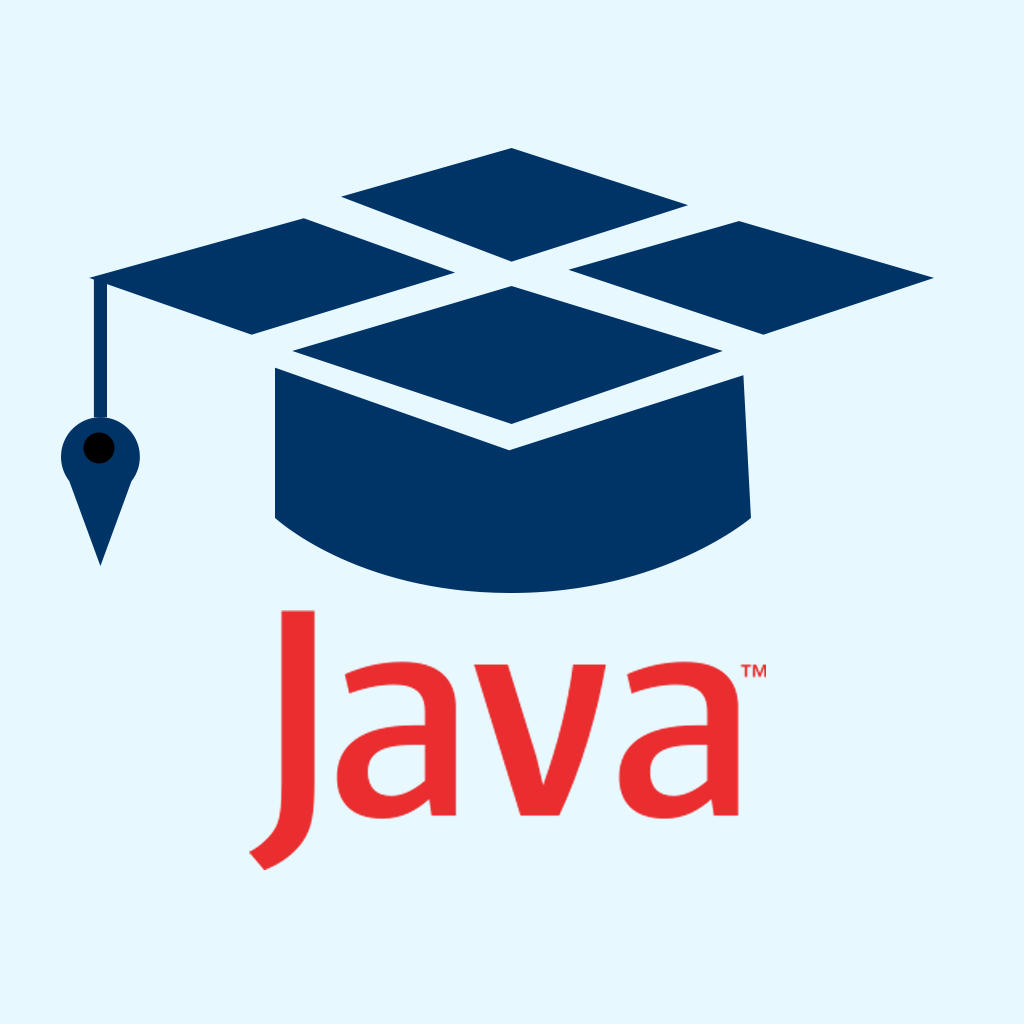
Introduction: Class loading subsystem: Responsible for loading Class information from the file system or network, loaded information Stored in a memory space called the method area.
4. A brief introduction to the code examples of the heap area, method area and stack area in java
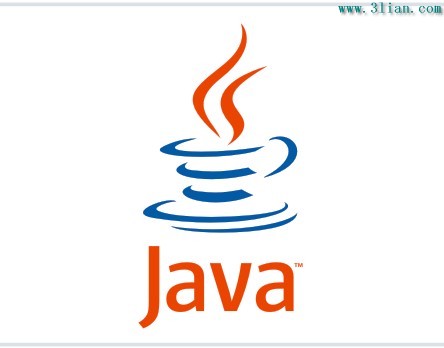
Introduction: The editor below will bring you a detailed discussion of the Java heap area, method area and stack area. The editor thinks it’s pretty good, so I’ll share it with you now and give it as a reference. Let’s follow the editor to take a look
5. Detailed introduction to the Java keyword static
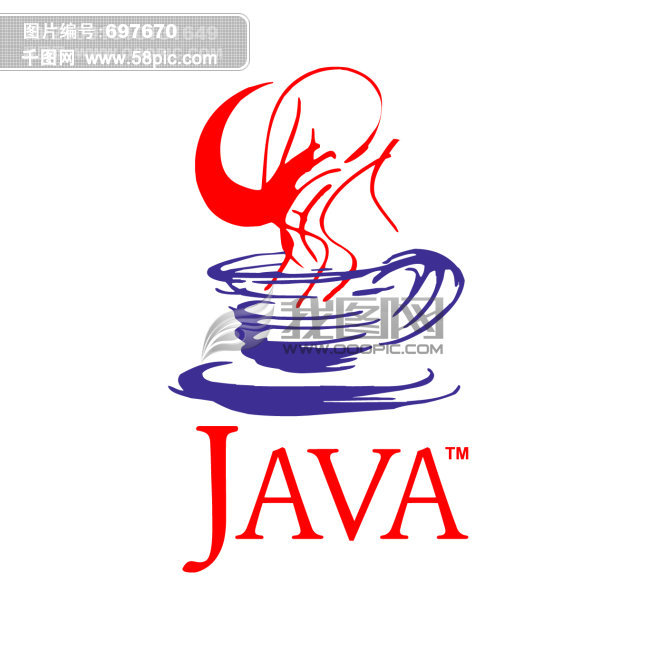
Introduction: static means "global" or "static". It is used to modify member variables and member methods. It can also form a static static code block, but it is not available in the Java language. The concept of global variables. Member variables and member methods modified by static are independent of any objects of the class. That is, it does not depend on a specific instance of the class and is shared by all instances of the class. As long as this class is loaded, the Java virtual machine can find them by default in the method area of the runtime data area based on the class name. Therefore, a static object can be accessed before any of its objects are created,
6. Specific details of the Java virtual machine
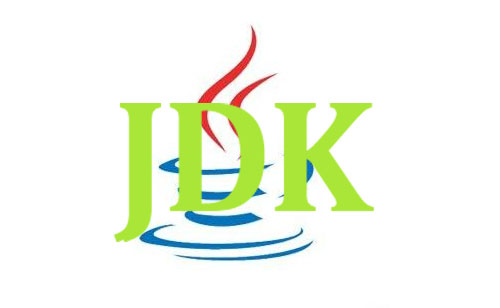
Introduction: 1. The main structure of JVM is as follows: 2. Introduction to the functions of each area 1), Method Area: (1) Used to store class information, constants, static variables, etc. loaded by the virtual machine , is a memory area shared by each thread; (2) The default minimum value is 16MB and the maximum value is 64MB. You can limit the size of the method area through the -XX:PermSize and -XX:MaxPermSize parameters; (
7. Java Virtual Machine Learning - Architecture Memory Model
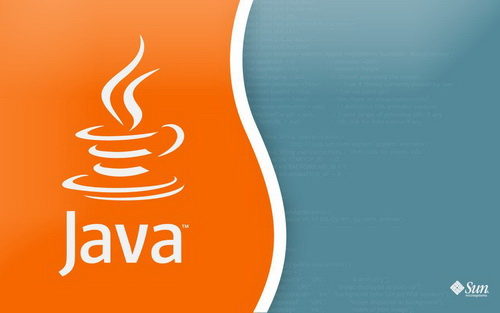
Introduction: Also known as "permanent generation" and "non-heap", it is used to store class information, constants, and static variables loaded by the virtual machine. It is a memory area shared by each thread. The default minimum value is 16MB and the maximum value is 64MB. You can pass - XX:PermSize and -XX:MaxPermSize parameters limit the size of the method area
##8. Java Virtual Machine Learning - Object Access
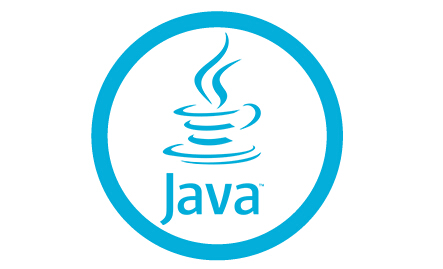
#. ##9.
Detailed explanation of the difference between Java static methods and instance methods ## Introduction: This article It mainly introduces the difference between Java static methods and instance methods in detail, which has certain reference value. Interested friends can refer to
## Introduction: This article It mainly introduces the difference between Java static methods and instance methods in detail, which has certain reference value. Interested friends can refer to
10. get in Ajax The difference between method and post method
## Introduction: The difference between get and post methods in Ajax 1. get() Basic differences with post() 1. get adds the parameter data queue to the URL pointed to by the ACTION attribute of the submitted form. The values correspond to each field in the form. Post can be seen in the URL through the HTTP post mechanism. , place each field in the form and its content in the HTML HEADER and send it to the URL address pointed to by the ACTION attribute. The user cannot see this process. 2. For the get method, use Re...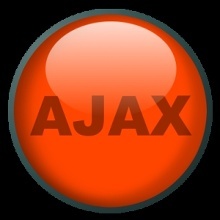 on the server side.
on the server side.
[Related Q&A recommendations]:
##javascript - What is the difference between global methods, global resources and instance methods in vue.js plug-in?Java's StringPool is stored in the method area, is it shared by all classes?python3.x - The difference between python's string.casefold and string.lower methods ? linux - How to determine whether the default parameters of a C++ function are assigned when called (or default parameters are used)java - jvm memory Is it classified as follows?
The above is the detailed content of Detailed introduction to the method area. For more information, please follow other related articles on the PHP Chinese website!
 0x80070002 solution
0x80070002 solution
 The difference between UCOS and linux
The difference between UCOS and linux
 Introduction to monitoring equipment of weather stations
Introduction to monitoring equipment of weather stations
 What does gprs network mean?
What does gprs network mean?
 How to open html files on mobile phone
How to open html files on mobile phone
 PHP programming software recommendation
PHP programming software recommendation
 What should I do if my computer starts up and the screen shows a black screen with no signal?
What should I do if my computer starts up and the screen shows a black screen with no signal?
 Introduction to SSL detection tools
Introduction to SSL detection tools




